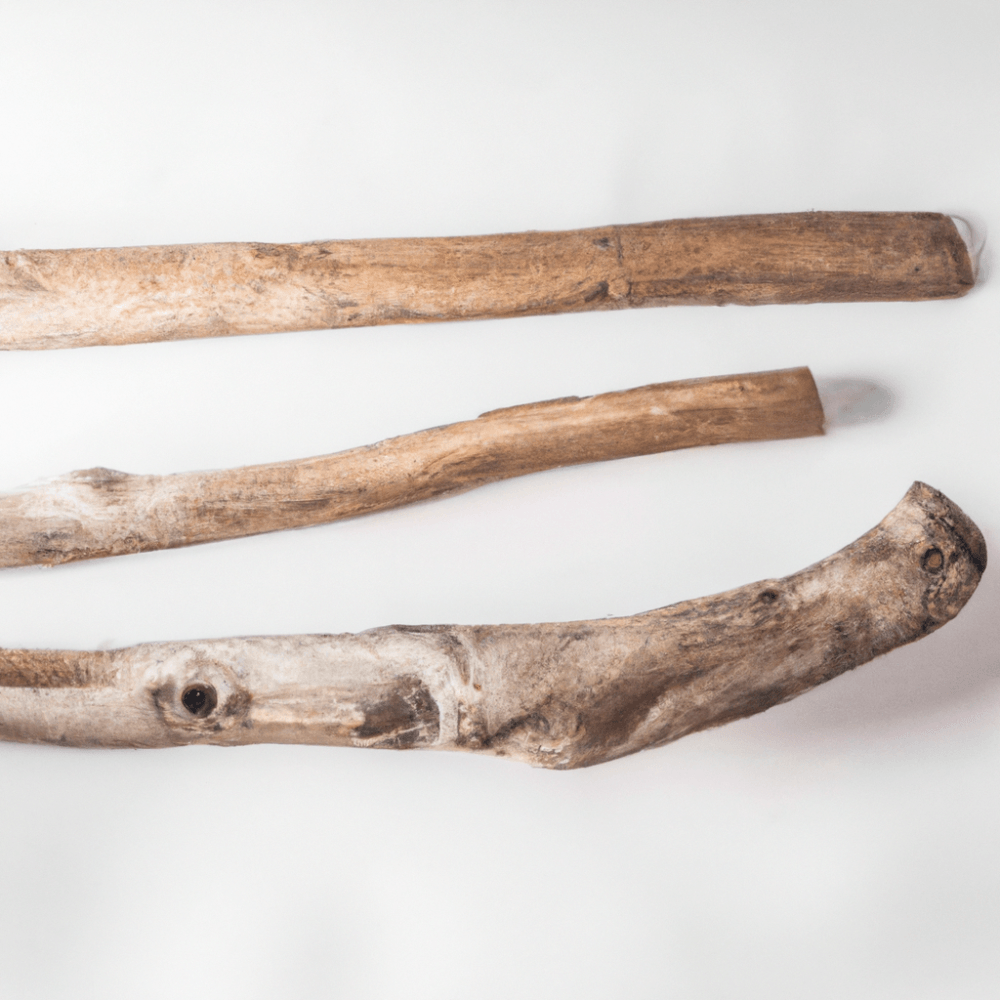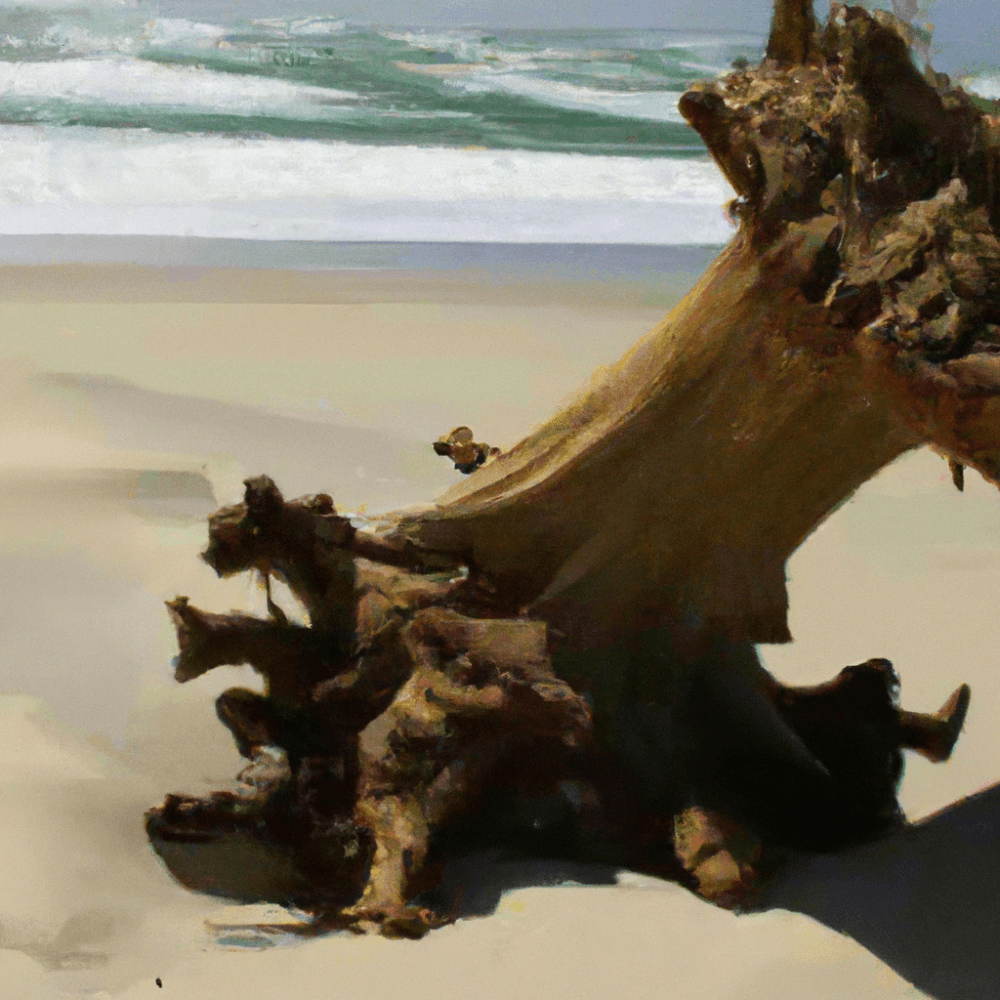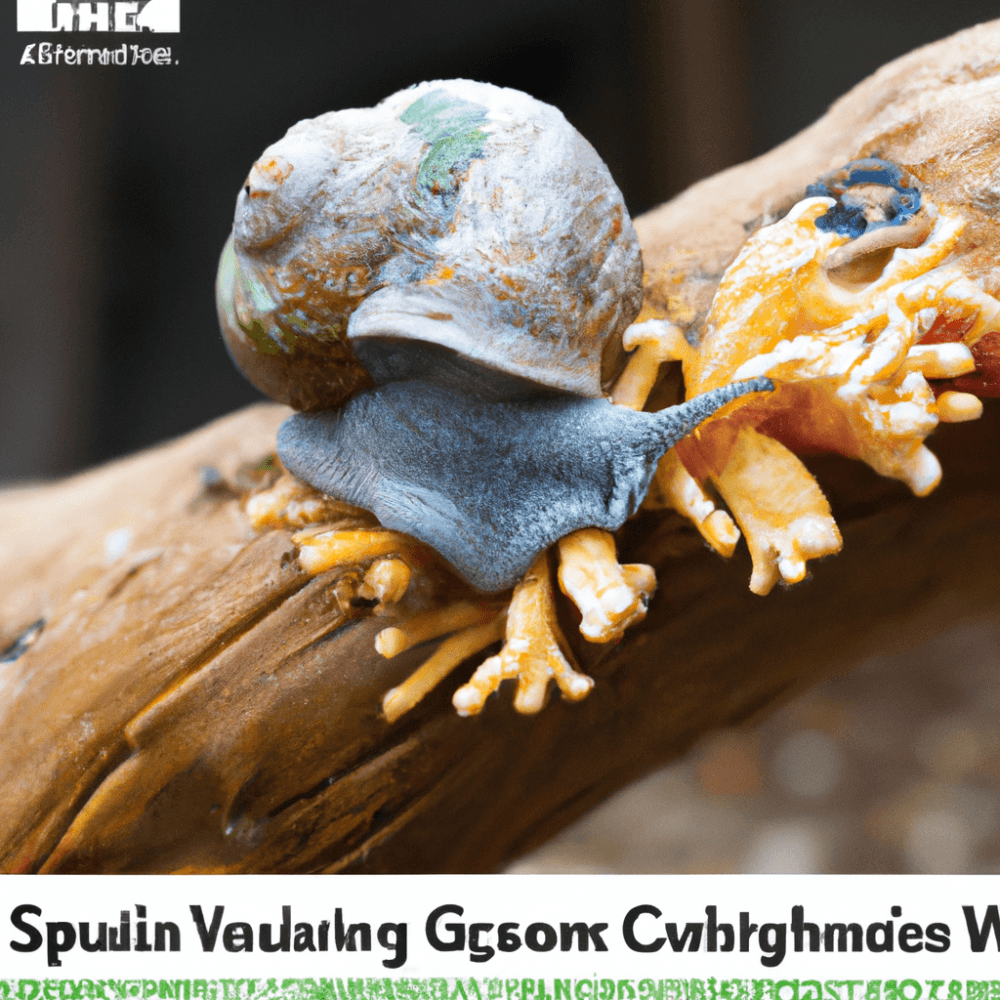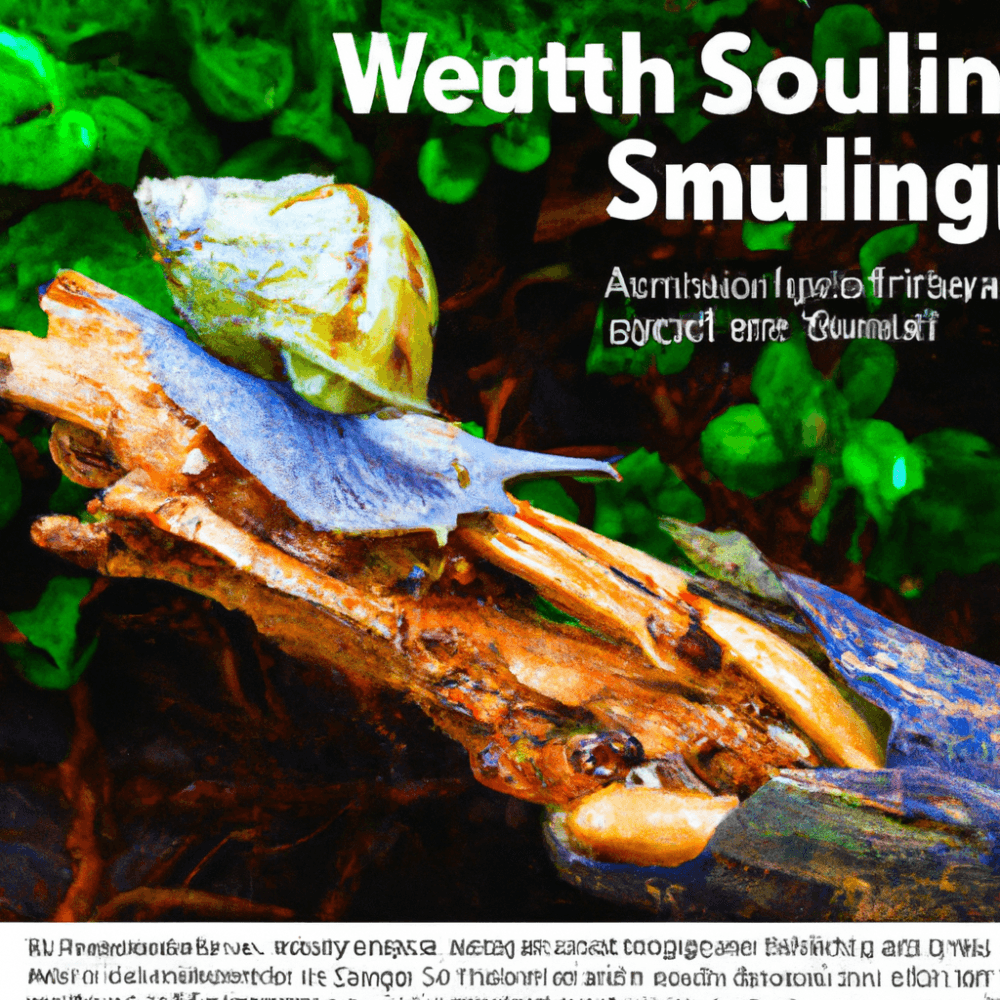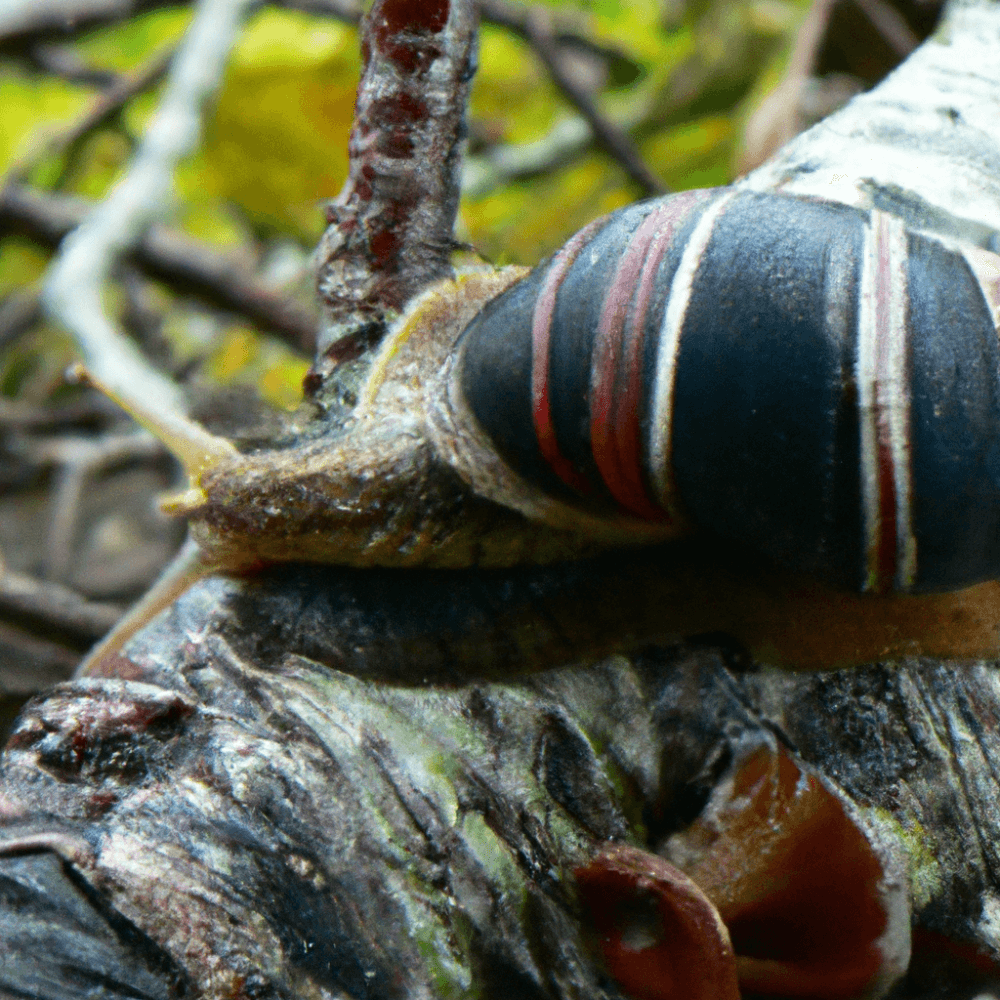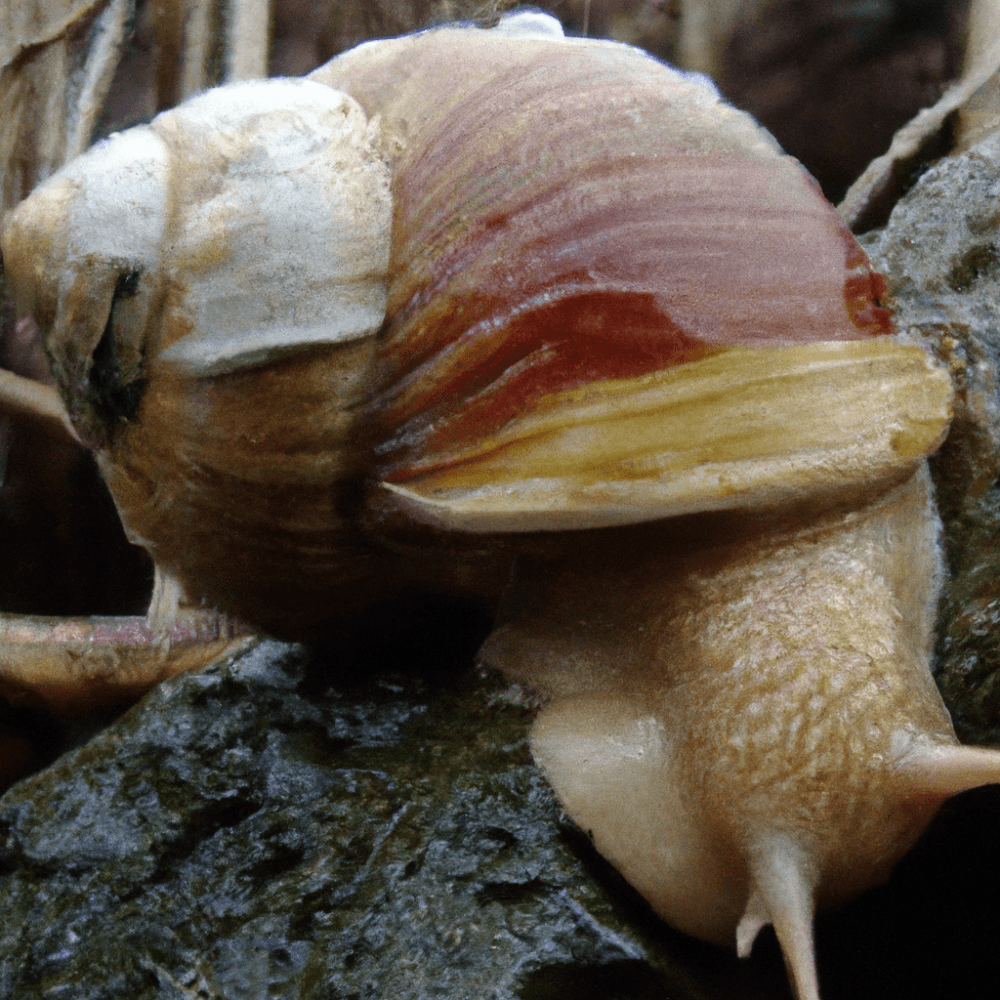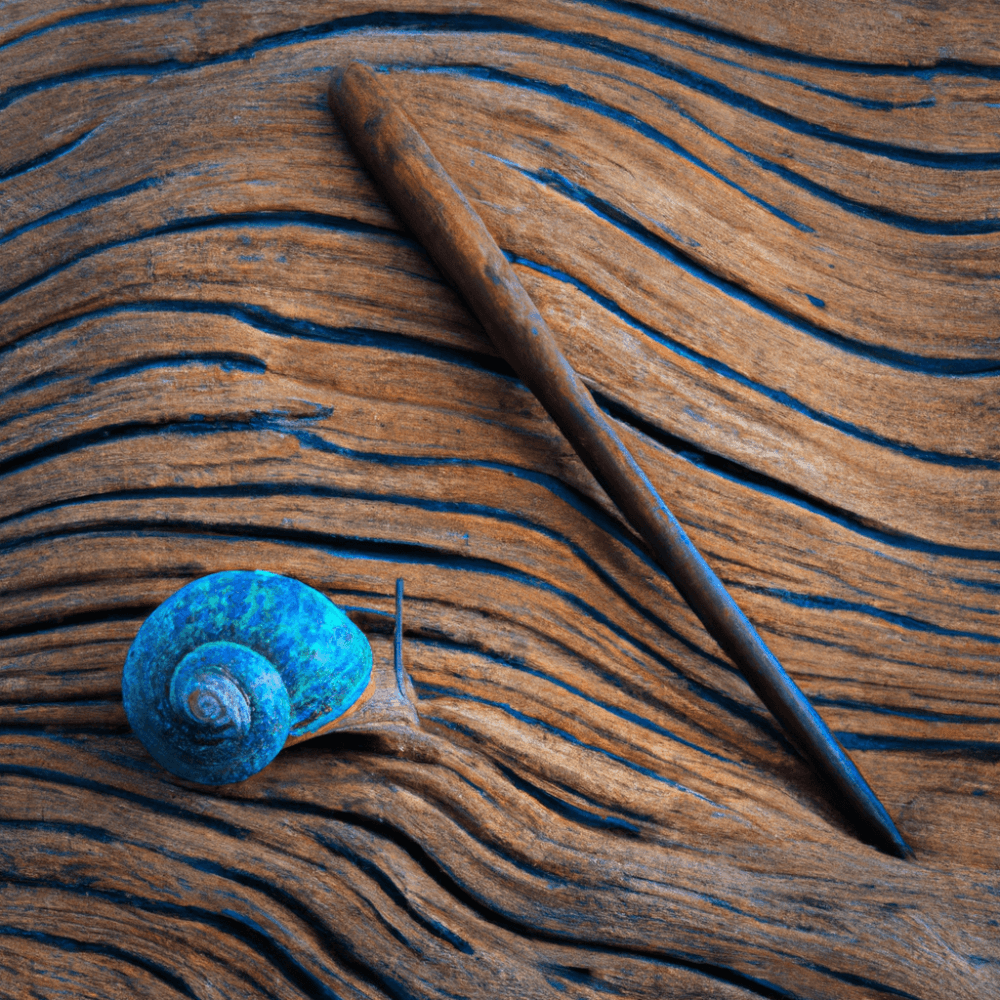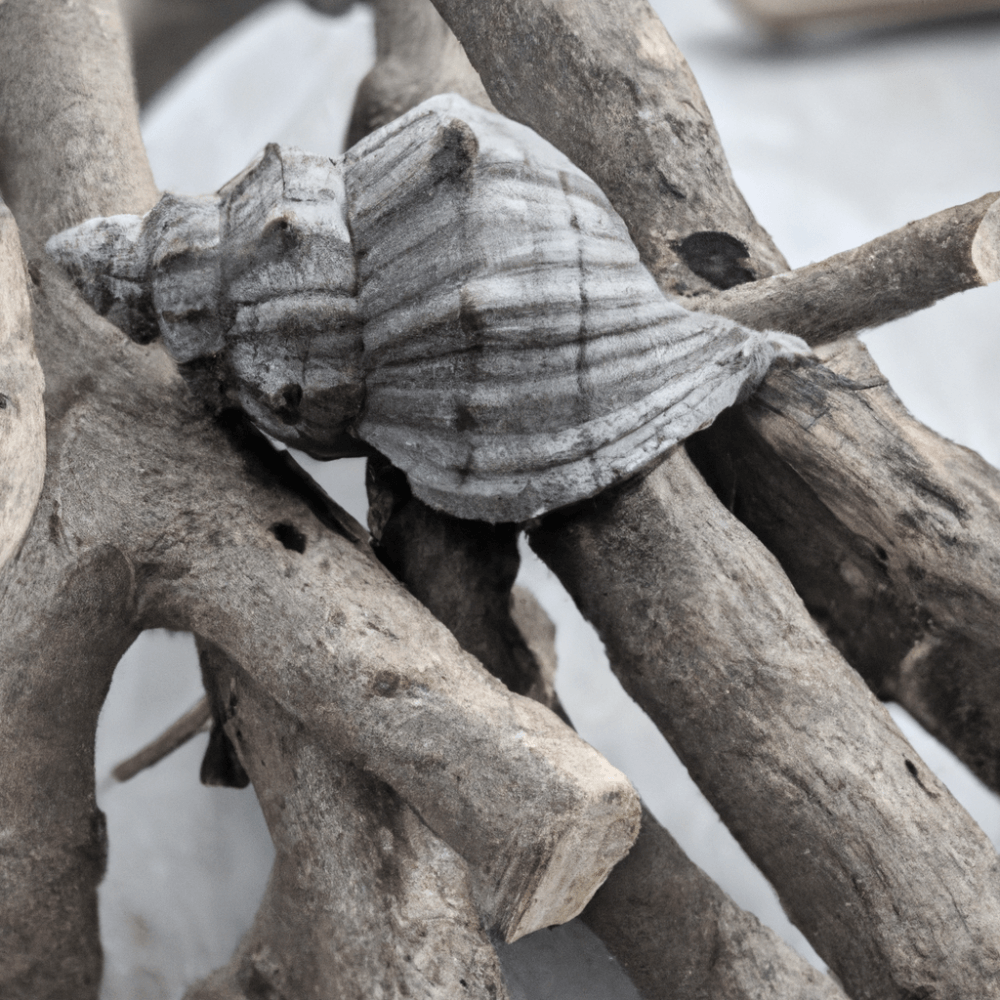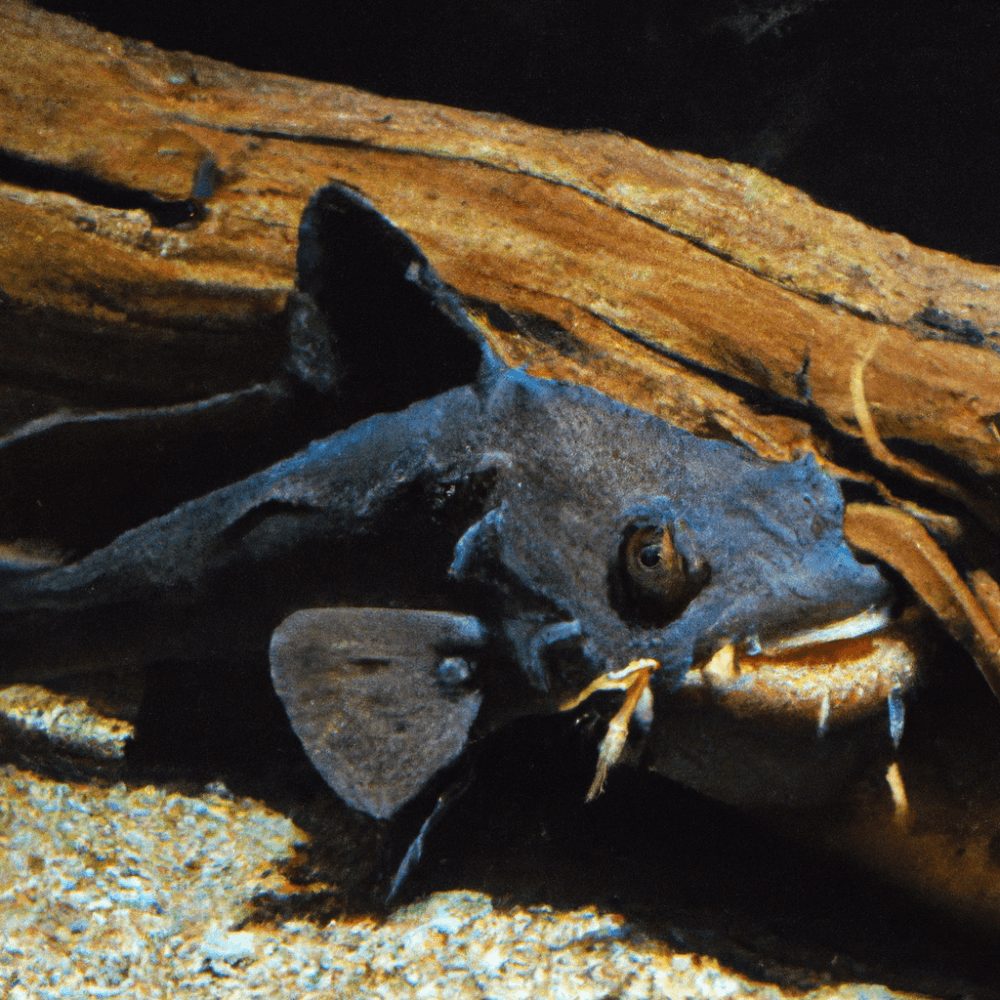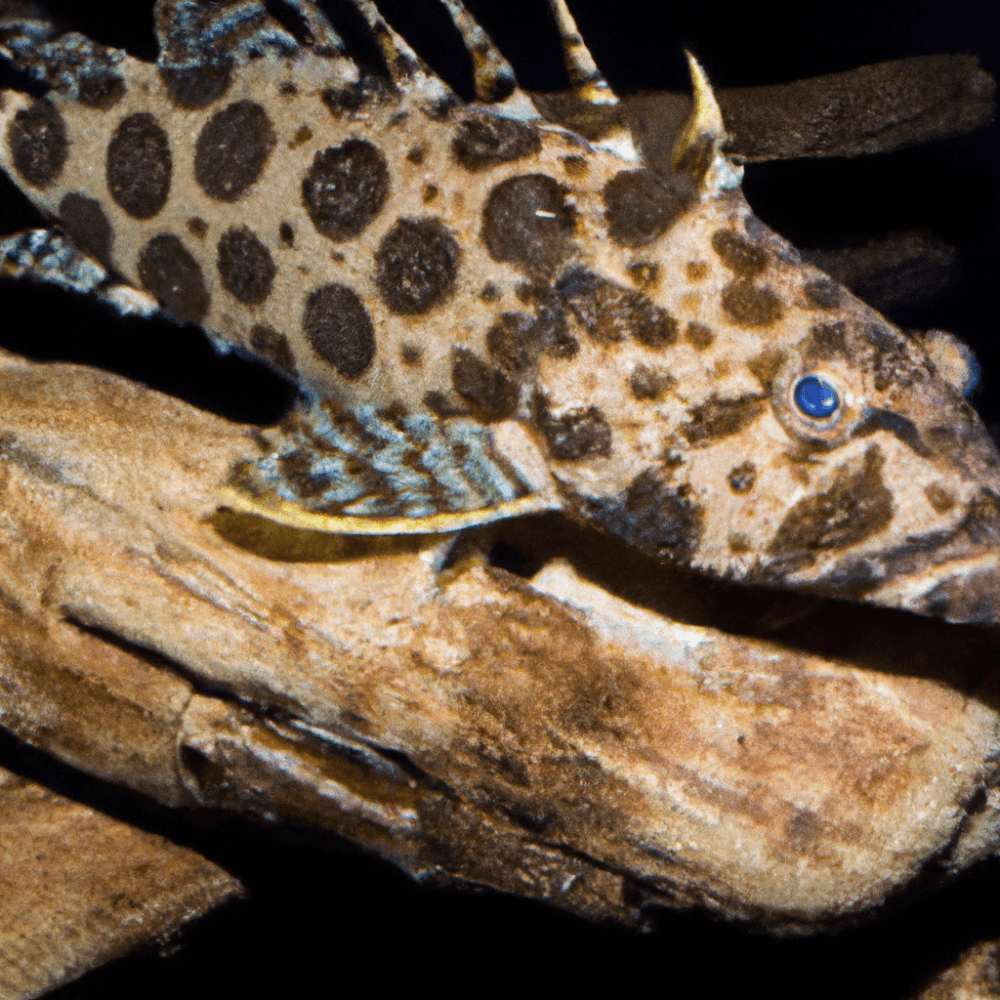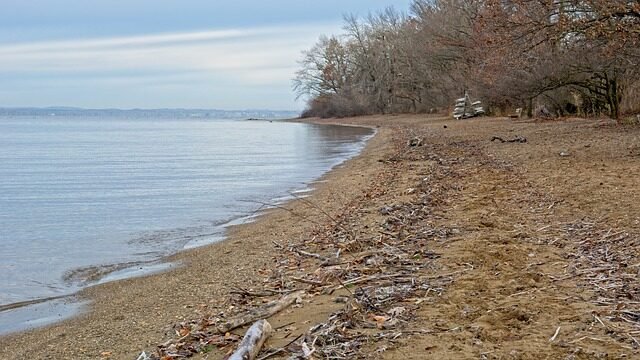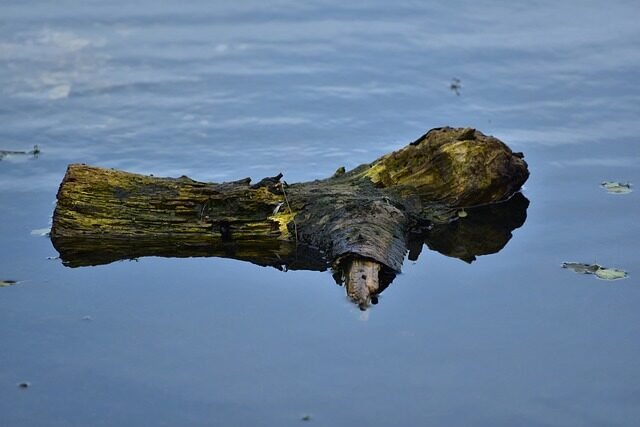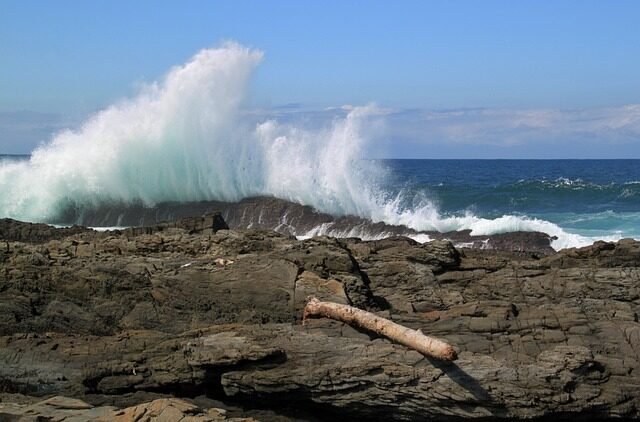Imagine transforming your living space into a coastal oasis with the natural beauty of Driftwood Wall Panels. These exquisite panels effortlessly bring a touch of serenity and tranquility to any room. Crafted from genuine driftwood, each panel is a unique masterpiece, showcasing the intricate textures and weathered charm of nature. With their versatile and timeless appeal, these driftwood wall panels are the perfect choice for those seeking to add a touch of coastal elegance to their home decor. Indulge in the soothing ambiance created by these stunning panels and let the essence of the sea grace your walls.
About Driftwood Wall Panels
Driftwood wall panels are a unique and stunning way to add a touch of nature to your interior decor. Made from pieces of driftwood that have been carefully arranged and secured to a panel, these wall panels offer a rustic and organic aesthetic that can transform any space.
What are Driftwood Wall Panels?
Driftwood wall panels are panels made from natural pieces of driftwood that have been collected from beaches, rivers, and lakes.
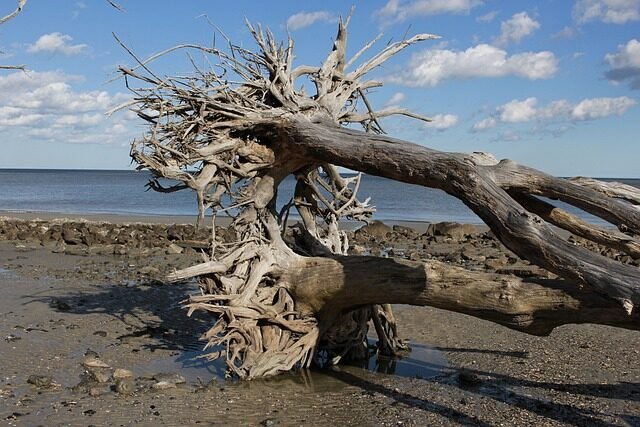
Types of Driftwood Wall Panels
There are several types of driftwood wall panels available, each with its own unique characteristics. Some panels feature larger, more substantial pieces of driftwood, while others incorporate smaller and more delicate pieces. Some panels are arranged in a random pattern, while others have a more organized and structured design. The choice of driftwood wall panels depends on your personal taste and the overall style of your space.
Benefits of Driftwood Wall Panels
Driftwood wall panels offer a range of benefits that make them a popular choice for interior design:
Natural Beauty: The unique textures, shapes, and colors of driftwood create a visually stunning focal point that adds depth and interest to any room.
Sustainable: By repurposing driftwood that has washed ashore, driftwood wall panels contribute to eco-friendly design and reduce waste.
Versatile: Driftwood wall panels can be used in various settings, including living rooms, bedrooms, dining areas, and even commercial spaces.
Low Maintenance: Unlike other wall coverings, driftwood wall panels require minimal upkeep and can be easily dusted or cleaned with a soft cloth.
Choosing Driftwood for Wall Panels Finding the Right Driftwood Pieces
When selecting driftwood for your wall panels, it’s important to choose pieces that are sturdy, well-weathered, and have interesting textures and shapes. Look for driftwood that has a natural weathered appearance, as this will add to the charm and authenticity of the panels. Avoid using driftwood that is still wet or has signs of rot or decay.
Preparing the Driftwood for Wall Panels
Before attaching the driftwood to the panel, it’s essential to properly clean and prepare the pieces. Start by removing any loose bark or debris from the surface of the driftwood. You can use a stiff brush or a small wire brush to gently scrub away dirt and grime. Allow the driftwood to dry completely before proceeding.
Installing Driftwood Wall Panels Determining the Wall Placement
Before installing the driftwood wall panels, take the time to determine the best placement on your wall. Consider the overall layout and design of the room to ensure that the panels will create the desired impact. It’s also important to take accurate measurements and mark the placement of each panel on the wall.
Preparing the Wall Surface
To ensure proper adhesion and stability, it’s crucial to prepare the wall surface before installing the panels. Start by cleaning the wall thoroughly to remove any dust or dirt. If necessary, apply a primer or sealer to create a smooth and even surface for the panels to adhere to.
Installing Driftwood Wall Panels
Once the wall surface is prepared, it’s time to install the driftwood wall panels. Apply a strong adhesive or construction adhesive to the back of each panel and carefully press it onto the wall, following the marked placement. Use a level to ensure the panels are straight and secure. Allow the adhesive to dry completely before adding any additional decor or lighting.
Enhancing Driftwood Wall Panels Adding Lighting Effects
To enhance the beauty of driftwood wall panels, consider adding lighting effects. Install LED strip lights or wall sconces behind the panels to create a warm and inviting ambiance. The lights will cast unique shadows and highlights, emphasizing the textures and shapes of the driftwood.
Incorporating Other Natural Elements
To further amplify the organic feel of driftwood wall panels, incorporate other natural elements into the space. Hang framed botanical prints, place potted plants nearby, or add woven baskets and wooden accents. By combining various natural textures and elements, you can create a harmonious and cohesive design.
Maintaining Driftwood Wall Panels Regular Cleaning and Dusting
To keep your driftwood wall panels looking their best, it’s essential to establish a regular cleaning and dusting routine. Use a soft cloth or feather duster to gently remove any dust or dirt from the surface of the panels.

Preventing Damage and Decay
While driftwood is naturally durable, it’s important to take steps to prevent damage and decay. Avoid placing the panels in areas with excessive moisture or direct sunlight, as this can cause the driftwood to deteriorate over time. Additionally, periodically inspect the panels for signs of wear or loose pieces and make any necessary repairs promptly.
Where to Use Driftwood Wall Panels Residential Applications
Driftwood wall panels can be used in a wide range of residential applications. They make a striking focal point in living rooms, bedrooms, and dining areas, adding a touch of nature and creating a cozy and inviting atmosphere. They can also be used in hallways and entryways to make a bold statement as soon as you enter the home.
Commercial Applications
Driftwood wall panels are also a popular choice for commercial spaces. They can be used in restaurants, hotels, boutiques, and offices to create a unique and memorable design. The natural beauty of the driftwood panels adds a sense of warmth and authenticity to the space, making it more inviting and visually appealing to customers and clients.
Frequently Asked Questions How long do driftwood wall panels last?
With proper care and maintenance, driftwood wall panels can last for many years.
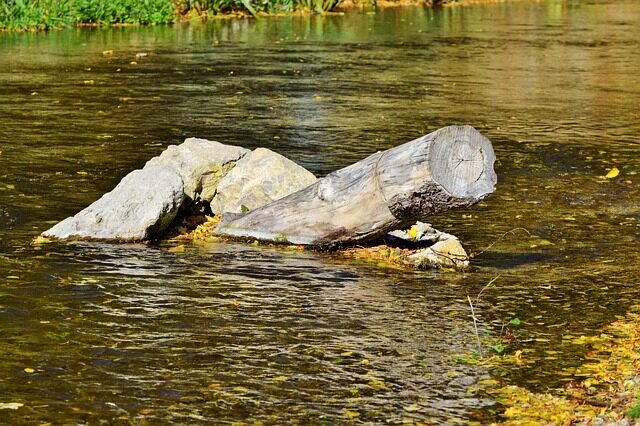
Can driftwood wall panels be used in bathrooms?
While driftwood wall panels can add a unique and natural element to a bathroom, it’s important to consider the moisture levels in the space. Excessive humidity and moisture can cause the driftwood to deteriorate and decay over time. If you still wish to use driftwood in the bathroom, ensure proper ventilation and take extra precautions to prevent water damage.
Can driftwood wall panels be painted or stained?
Driftwood wall panels are often appreciated for their natural and rustic appearance, so painting or staining them is not typically necessary. However, if you wish to alter the color or tone of the driftwood, you can lightly sand the surface and apply a wood stain or paint. Keep in mind that this will alter the natural look of the driftwood and may require additional maintenance in the future.
